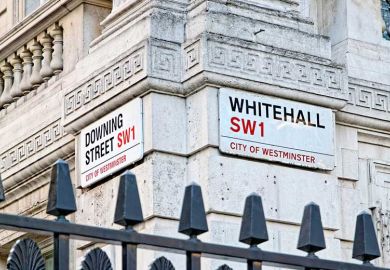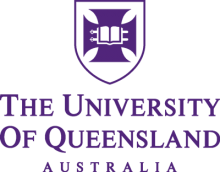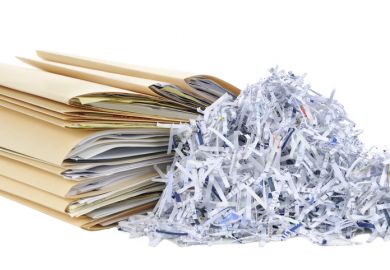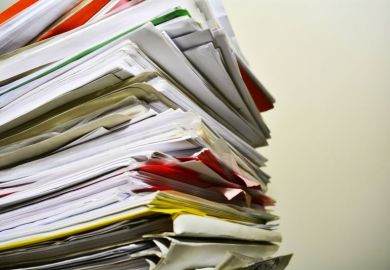Australian academics have escalated pressure on the federal government to disclose the evidence underpinning its coronavirus response, after medical advisers backtracked on a commitment to release their pandemic modelling.
University of Queensland immunologist Ian Frazer said that while no evidence base was ever perfect, researchers and the general public had a right to know how it had been created. “It’s important that we understand the basis of the decisions made on our behalf by government.
“Some of these decisions impose quite limiting rules on what we’re allowed to do. We really need to know the evidence that’s being used to support these decisions − how it was derived.”
As co-developer of the cervical cancer vaccine, 2006 Australian of the Year and chairman of the Medical Research Future Fund advisory board, Professor Frazer’s words carry weight. His intervention comes after the Australian Academy of Science called on Canberra to publish the scientific evidence informing coronavirus-related decisions.
The academy said Australia should adopt the approach of Britain, where the data is published by the UK Government Office for Science. New Zealand bowed to similar requests, releasing its modelling reports on 31 March.
Australia appeared set to follow suit. In a 30 March press conference, deputy chief medical officer Paul Kelly said he had commissioned a meeting “where the modelling and the epidemiology and the public health response will be unlocked”.
“I think we have been quite open with components of the modelling, but I respect that there is a large number of ways that modelling can be done. We need to be more transparent, and we will be.”
Two days later, Professor Kelly changed his tune. “I have been quoted as saying I would release the modelling,” he said.
“I would like to clarify that we will discuss the modelling and look to make that transparent in coming days. Our local epidemiology…is very much open and we report on it every day. That is guiding most of our decision-making.”
The back-pedalling provoked a social media backlash. In an article published by the University of Melbourne’s media site Pursuit, epidemiologist Tony Blakely said Australia had some of the best infectious disease modellers in the world. “But we are not hearing what they have to say at the very time we need to know what they’re thinking.
“The first communication principle in the Australian Pandemic Plan, prepared just last year, is ‘openness and transparency’. But the public and health experts not inside the Canberra bubble are out of the loop.”
Professor Blakely said response strategies carried cost-benefit equations. “Where are the estimates of the total cost to society for different scenarios of managing this pandemic?
“Has anyone factored in the reverse effect of high unemployment rates, precarious housing and a protracted economic recession on health? Society must have transparent and open access to good information to participate in these major decisions that affect us all.”
The failure to release modelling risks tarnishing the image of expert advice, if the public concludes that supposedly independent experts are too closely aligned with government.
At a 19 March press conference, after the government limited indoor gatherings to 500 people, Professor Kelly was asked whether the experts had in fact recommended a 100-person limit. “I'm not going to go into that anymore,” he responded.
Register to continue
Why register?
- Registration is free and only takes a moment
- Once registered, you can read 3 articles a month
- Sign up for our newsletter
Subscribe
Or subscribe for unlimited access to:
- Unlimited access to news, views, insights & reviews
- Digital editions
- Digital access to THE’s university and college rankings analysis
Already registered or a current subscriber?










